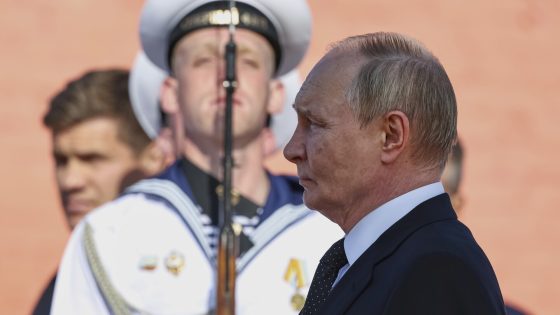Russia’s recent decision to abandon its self-imposed moratorium on nuclear-capable intermediate-range missiles marks a significant escalation in global tensions. This move, announced on August 5, 2025, raises concerns about a potential new arms race, particularly as U.S. and NATO activities intensify in Europe.
- Russia ends moratorium on nuclear-capable missiles.
- U.S. missile deployment cited as justification.
- Kremlin warns of destabilizing regional threats.
- Trump responds to Medvedev's provocative statements.
- Oreshnik missile capable of reaching Europe.
- INF Treaty collapse raises nuclear conflict fears.
The Russian Foreign Ministry cited U.S. plans to deploy missiles in Germany as a direct threat to its security. This shift could destabilize the already fragile international landscape, especially amid ongoing conflicts in Ukraine.
This development prompts critical questions about the future of U.S.-Russia relations. Will this lead to an arms buildup reminiscent of the Cold War? As both nations prepare for possible military actions, the stakes have never been higher.
- Russia’s Oreshnik missiles can reach all of Europe.
- Intermediate-range missiles pose a quick-response threat, increasing the risk of miscalculation.
- The collapse of the INF Treaty has reignited fears of nuclear escalation.
As the situation evolves, it’s crucial for the U.S. to engage diplomatically to prevent further escalation. How will the Biden administration respond to these developments?

































